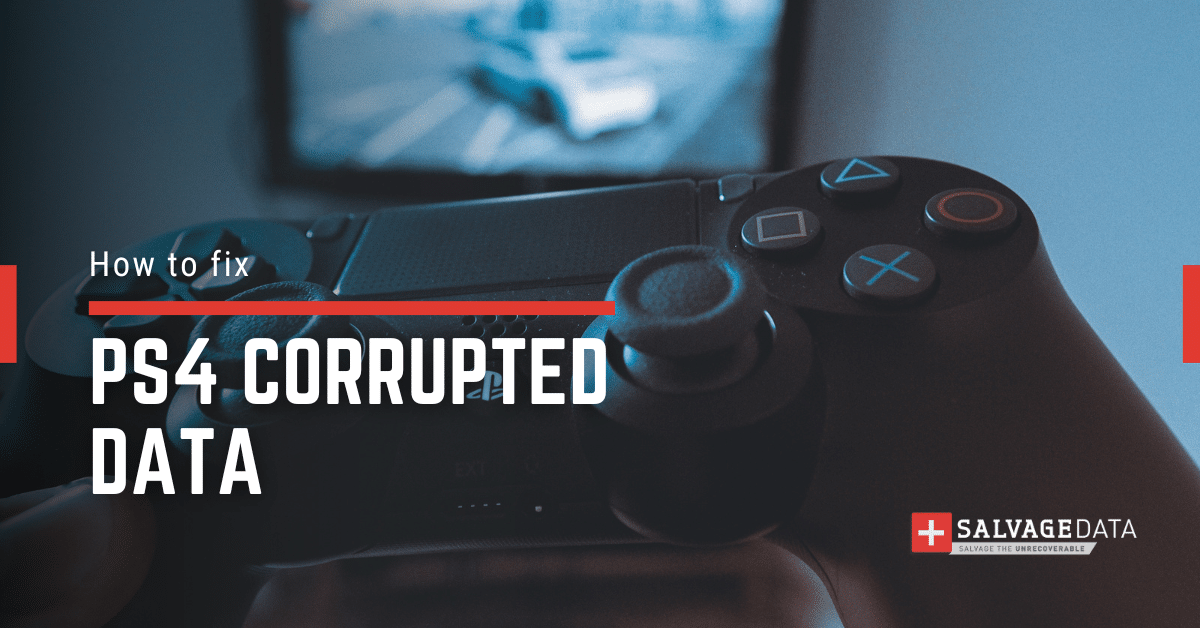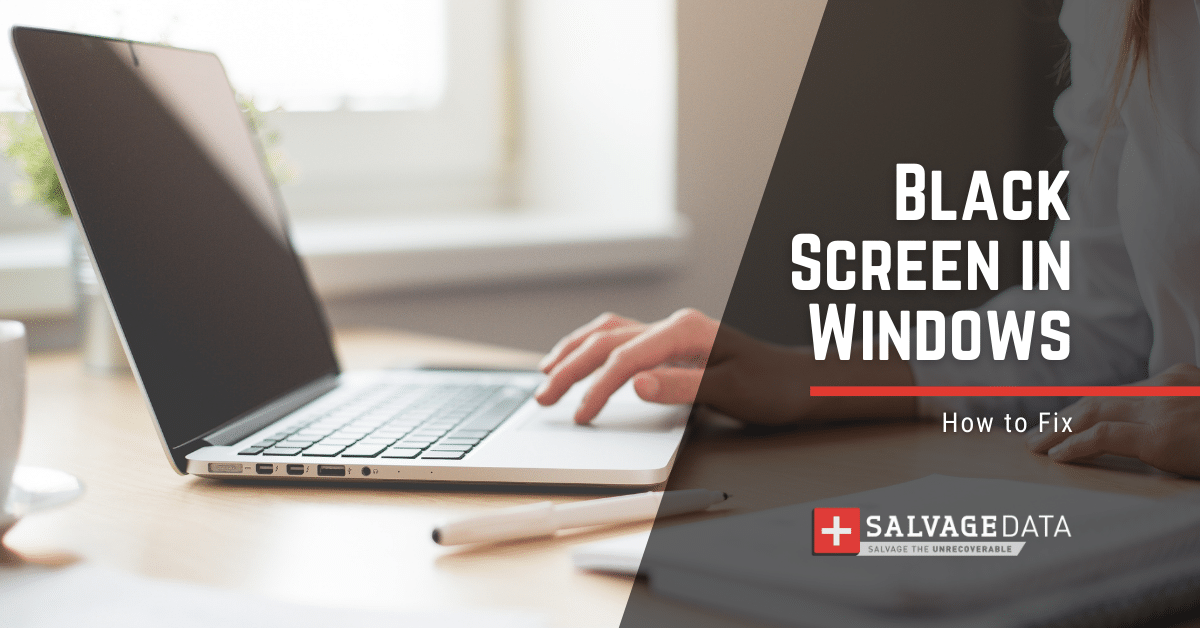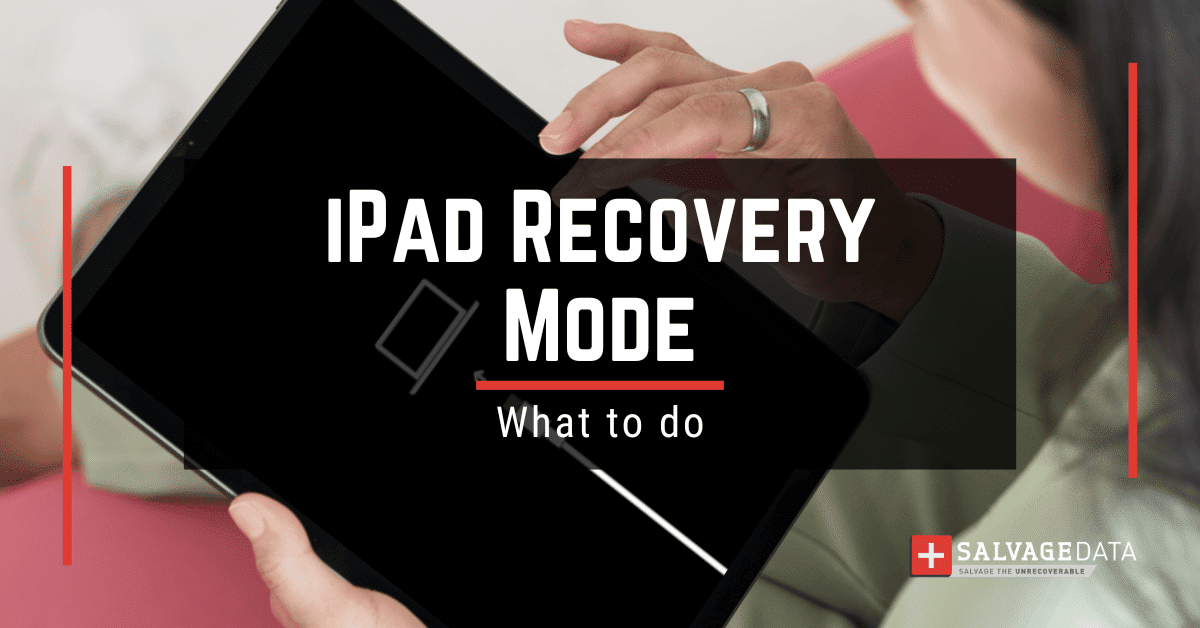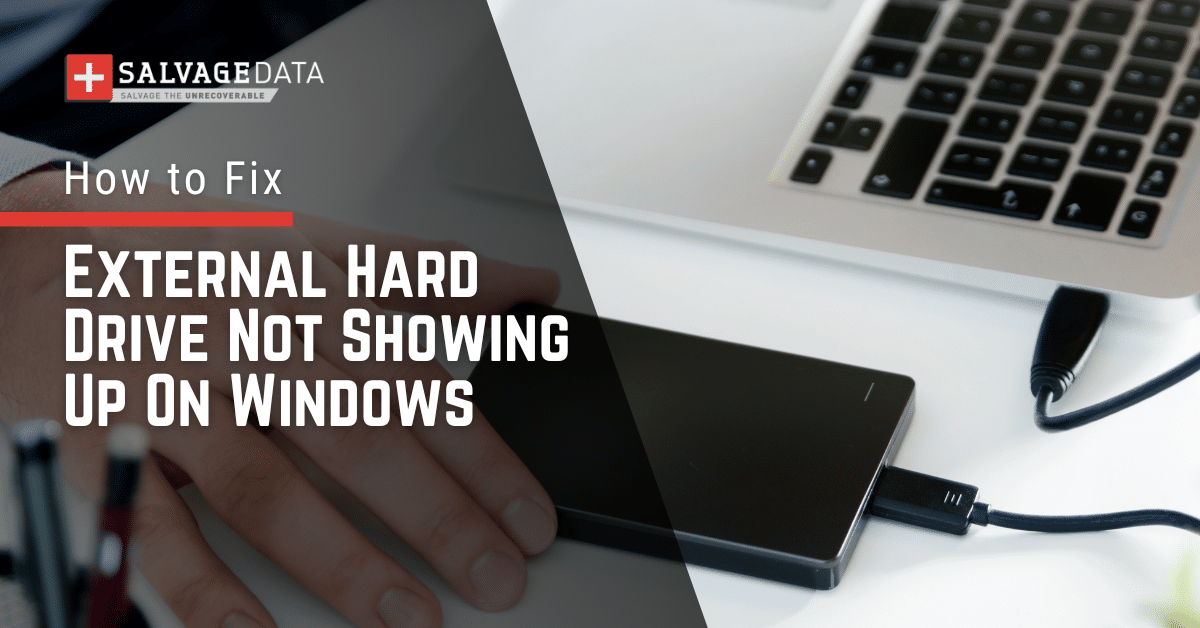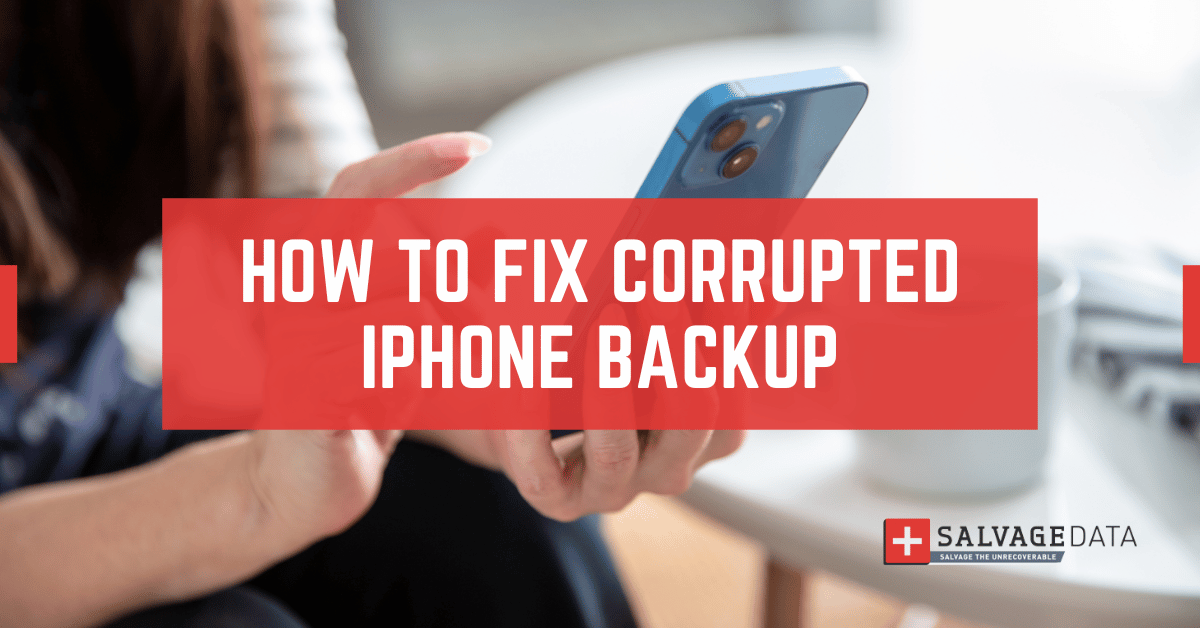Recent Articles
Quickest Mobile Data Recovery Case: 100% of Data Recovered in One Hour
How to fix a corrupted database on PS4
How to Troubleshoot Black or Blank Screens in Windows
LockBit Ransomware: A Comprehensive Guide to the Most Prolific Cyber Threat
How To Use iPad Recovery Mode
How to Prevent Overwriting Files: Best Practices
External Hard Drive Not Showing Up On Windows – Solved
How to Fix a Corrupted iPhone Backup
Backup and Remote Wiping Procedures
Common VMware Issues and Troubleshooting Solutions

I think there's an issue with my storage device, but I'm not sure Start a free evaluation →
I need help getting my data back right now Call now (800) 972-3282
One of the most frustrating situations for any Mac user is when an external hard drive is not recognized by the system. This issue can arise from various causes, including connectivity problems, incompatible formats, and malware. It can happen even with new devices.
Fortunately, most of these issues can be resolved with quick and easy troubleshooting steps. In this guide, we’ll walk you through the most effective solutions to get your external hard drive recognized by your Mac.
Why is your Mac not recognizing an external hard drive
Mac and Windows have different file systems – a digital filing cabinet that organizes a computer’s storage space. Different operational systems have file systems that work on them and those that don’t. And fewer file systems work on both. Other reasons, like corrupted drives, Mac settings, and even malware, can prevent your Mac from recognizing the external hard drive.

Incompatible format
Your external hard drive may be formatted in a file system that macOS doesn’t support, such as NTFS or HFS+.
- NTFS is the default file format for Windows and is designed for drives that will be used with Windows computers.
- FAT32 is an older file format compatible with both Windows and MacOS.
- exFAT is a newer file format that is compatible with both Windows and macOS.
- APFS (Apple File System) is the default format for Macs. It is the preferred format if you use your external HD only on macOS.
- macOS Journaled is a specific format for macOS that you can use if you don’t need your files to be encrypted.
- macOS Extended encrypts your files and requires a password. It’s also known as HFS+ (Hierarchical File System Plus)
The file format plays a crucial part in whether or not your external hard drive will be recognized.
How to change the format of your external hard drive on your Mac
To change your external hard drive file format so it can be compatible with your Mac, follow the steps:
- Open Disk Utility and select your external drive from the sidebar.
- Click “Erase.”
- Choose a file format compatible with macOS.
- Click “Erase” to reformat the drive. This will delete all data on the drive, so make sure to back up any important files first.
Connection issues
External hard drives sometimes require more power than a standard USB port can provide, preventing them from turning on. A loosely connected or damaged USB cable can also prevent your Mac from detecting the external drive.
Here’s what you can do:
- Check if the external drive’s indicator light is on or if you can hear the drive spinning (for HDDs).
- Use a different USB cable, preferably one designed to provide higher power output.
- Try connecting the drive to a different USB port on your Mac.
- Consider using an external power source or USB hub to provide additional power.
Check your Mac’s preferences
Sometimes, your Mac’s settings may not be configured properly, leading to issues with external drive recognition. To fix it, ensure your Mac is set up to show external drives.
Here’s how you can check Mac’s preferences:
- Open Finder and go to Finder > Preferences.
- Ensure the “External disks” option is checked under the General tab.
- Next, go to the Sidebar tab and ensure that “External disks” is also checked there.
Corrupted drive or device failure
A corrupted or damaged hard drive will present errors or not be recognized by your Mac.
To rule out issues with the drive itself, connect it to another Mac or a Windows PC. If the drive works on another device, the problem is likely with your Mac’s settings or hardware.
To address issues with the Mac, you can use Disk Utility, Terminal,
Use Disk Utility to troubleshoot hard drive issues
Disk Utility is a powerful built-in tool for managing and troubleshooting disks on macOS. To use it to identify and fix any issue related to Mac not recognizing the external hard drive, follow the next steps:
- Open Disk Utility from Applications > Utilities.
- Look for your external drive in the sidebar. If it appears, select it.
- Click “Mount” if it’s not already mounted.
- If the drive is visible but not mountable, you may need to repair it.
- Select the drive and click “First Aid.”
- Follow on-screen instructions
Use Terminal to troubleshoot hard drive issues
For advanced users, Terminal can provide more detailed control over your drives. To use it:
- Open Terminal from Applications > Utilities.
- Type diskutil list to see all connected drives.
- Look for your external drive in the list (e.g., /dev/disk2).
- To get more information about the drive, type diskutil info /dev/disk2.
- To eject the drive, type diskutil eject /dev/disk2, then unplug and reconnect the drive.
Reset NVRAM to fix recognition issues
NVRAM, or Non-Volatile Random-Access Memory, is a special type of computer memory that can hold onto data even when the power is off. Unlike regular RAM, which wipes clean on reboot, NVRAM remembers critical system settings like network configurations or BIOS settings. It can also store small amounts of data for quick access.
While NVRAM isn’t directly involved in recognizing external hard drives, resetting it can sometimes fix recognition issues. Corrupted NVRAM settings might interfere with communication between your computer and the drive. Resetting NVRAM is a troubleshooting step but not a guaranteed fix. It can also erase important settings, so consult your device’s manual before following the steps.
- Shut down your Mac completely.
- Turn your Mac back on.
- Immediately press and hold the Option (⌥), Command (⌘), P, and R keys together. Hold them down even after you hear the startup chime (or see the Apple logo appear and disappear twice on Macs with the T2 security chip).

- Keep holding the keys for about 20 seconds. This ensures the NVRAM reset is complete.
- Release the keys and let your Mac boot up normally.
Scan for malware and viruses
Virus and malware infection can lead to several issues, such as data corruption and configuration issues, sometimes preventing external hard drives from being recognized.
Use anti-malware software to scan your machine and the hard drive (if the software can detect it) and then check if the issue has been solved.
How to ensure your Mac recognizes your external hard drive
To prevent your Mac from recognizing an external hard drive issue in the future, you must keep your USB ports clean since dirt or debris can interfere with the connection. Also, your macOS should always be up to date. Software updates often include fixes for bugs that can cause issues with external drives.
Most importantly, hard drivers should always be properly ejected before unplugging them to avoid data corruption and prevent errors and corruption. To do this, right-click the drive icon on your desktop and select “Eject.”
When to seek professional help
If you’ve tried all the steps above and your external hard drive is still unrecognized, it may be time to seek professional assistance.
At SalvageData, we specialize in hard drive data recovery services and can help retrieve your important files from a damaged or malfunctioning drive. Our team of experts uses advanced techniques to recover data from even the most challenging cases, ensuring you get your important files back quickly and safely.


